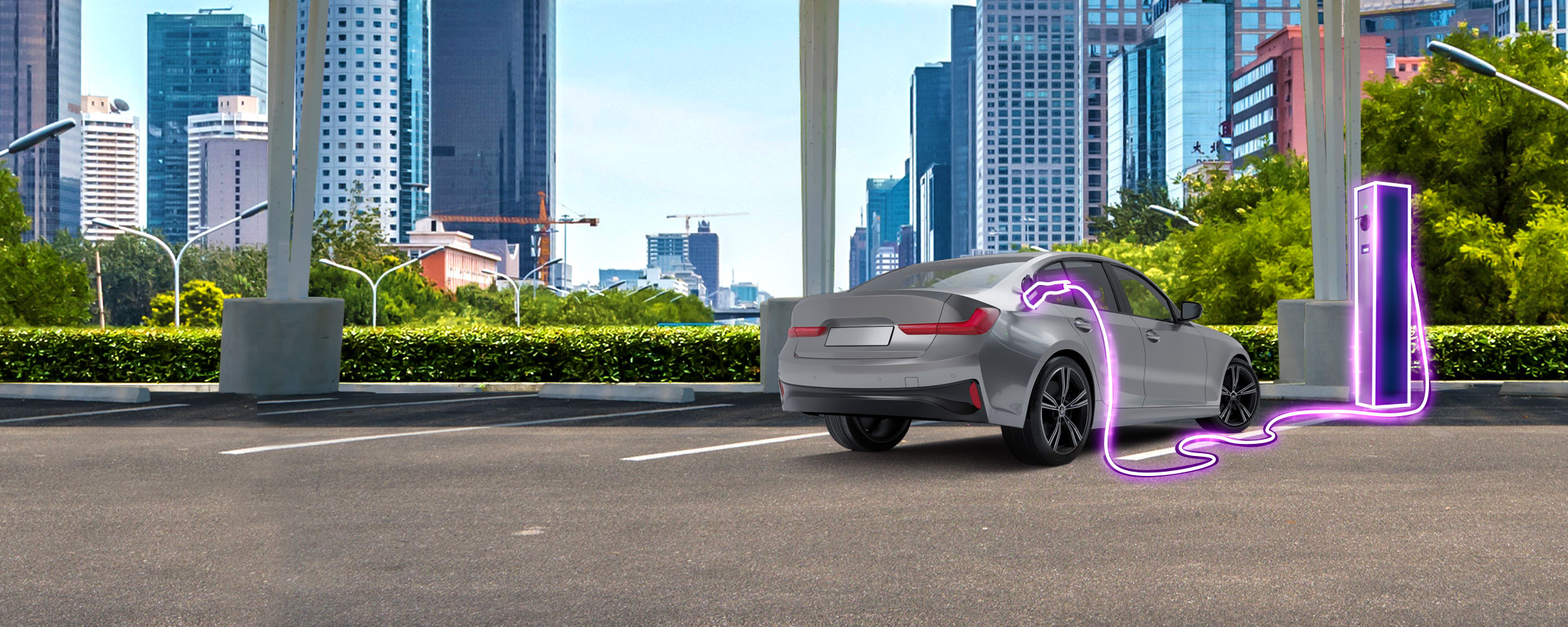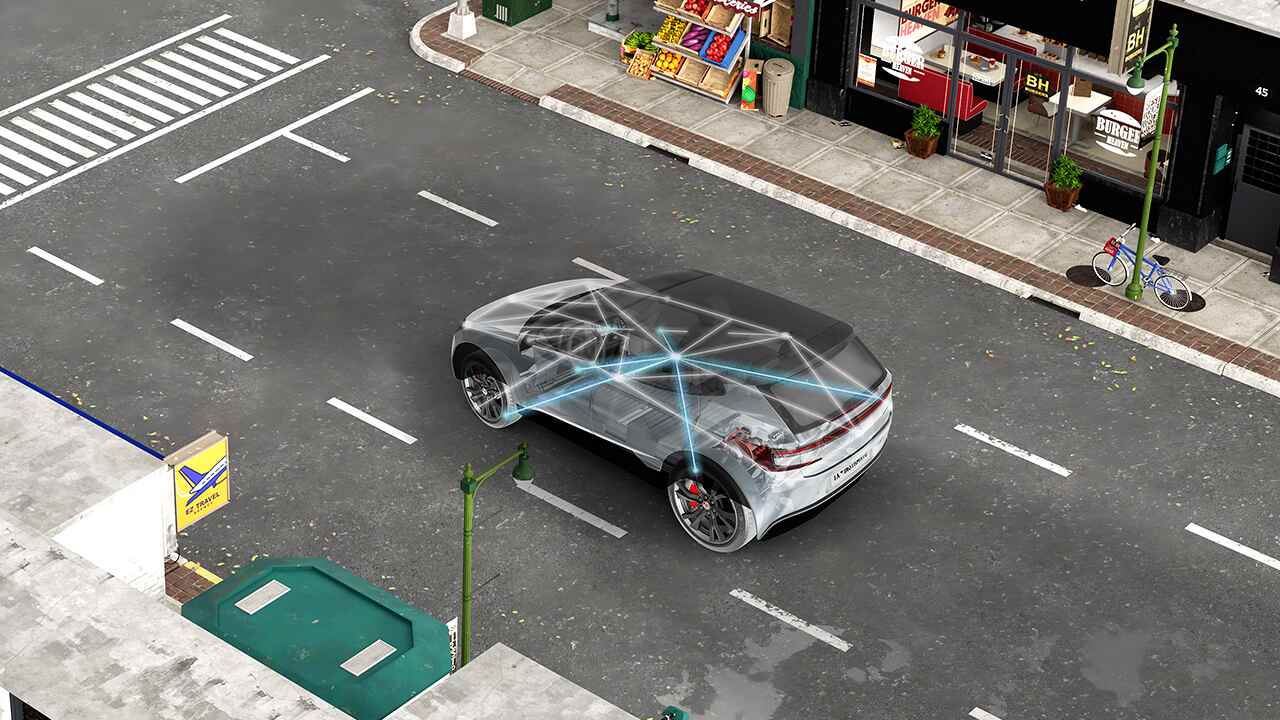As electrification becomes more common, semiconductor innovations enable us to interact with electric vehicles, renewable energy sources and other high-voltage systems safely and reliably

As power consumption around the world continues to grow, innovations in high-voltage technologies are enabling design engineers to develop more efficient solutions that make electrification and renewable energy technology more accessible.
“Sustainable energy becomes increasingly important as the per-capita power that we consume continues to grow,” said Kannan Soundarapandian, vice president and general manager of High Voltage Products at our company. “Being responsible about how we manage energy use is supremely important. We can’t waste a single millijoule1 of energy. That’s why innovations in high-voltage technologies are key for energy sustainability and growth.”
As power requirements increase – accelerating an electric vehicle (EV) from 0 to 60 mph in 2 seconds requires a lot of battery power – the voltages also must increase to minimize losses through heat. Transmitting that power from the battery to the traction inverter in an EV generally requires higher voltages to drive efficiency, and the same is true for myriad other high-voltage systems.
While designing these systems can be expensive and difficult, higher-voltage systems are a more efficient way to store and distribute power than lower-voltage systems through transmission lines, cables and wires into different types of loads.
Consider a simple example: Two decades ago, incandescent light bulbs were a standard for home lighting. They burned out often and the heat they emitted singed our fingers when we touched them.
“The bulbs were inefficient,” said Roland Sperlich, vice president and general manager for Interface Products at our company. “They were losing energy in the form of heat. Today, LED bulbs last much longer and they’re cool when you touch them. That means they’re safer and more efficient.”
What changed? Power density – the ability to pack more power delivery capability into smaller volumes – increased significantly. Innovations in semiconductor technology have enabled engineers to accomplish more with less power using advanced materials such as gallium nitride (GaN) to reduce inductor size while improving the efficiency and reliability of devices. Today, in addition to lightbulbs, semiconductors are saving energy and streamlining the design of high-voltage applications ranging from electric vehicles and solar arrays to AC/DC power adapters and telecommunications systems.
High-voltage technologies
As electrification becomes more common, popular and accessible, more and more people around the world interact with high-voltage systems every day. For example, EVs – which run on 400-volt or 800-volt battery packs – use high-voltage designs that improve charge times and extend driving range, helping eliminate barriers to adoption.
“High-voltage systems provide energy efficiencies in our electric vehicles, renewable energy sources, appliances, AC/DC power adapters and an endless number of other applications,” Roland said. “There are more and more people on this planet. There’s a fixed set of resources, and we have to share them and use them more efficiently. Finding creative ways to improve efficiency is a necessity.”
Our company’s innovations enable safe, efficient and reliable solutions across all functional areas of high-voltage systems:
- Wide-bandgap materials such as GaN and silicon carbide (SiC) enable efficient power conversion, reduce power losses and increase efficiency in high-voltage systems. For example, our isolated gate drivers pair with silicon carbide switches in EV onboard chargers and traction inverters to increase efficiency and reduce weight, size and energy waste in the drive system.
- Sensing and monitoring technologies for high-voltage systems help engineers accurately measure voltage to improve safety and reliability. That allows designers to reduce costs by lowering design margins and use power switches to their full capacity.
- Isolation circuits electronically separate two domains while allowing power or signals to transfer across the barrier without compromising human safety, immunizing circuits from ground potential differences and improving noise immunity. Our magnetic and capacitive isolation technologies enable safe high-voltage systems with a robust isolation barrier.
- Low-latency real-time control technologies enable reliable control for complex power topologies that use GaN or IGBT switches, increasing the robustness and power density of high-voltage systems.
“There are a multitude of challenges that have made designing high-voltage systems difficult across the board,” Roland said. “Our company is uniquely positioned to address these challenges because we have our own innovative designs that work together seamlessly, as well as manufacturing, test-and-assembly, and packaging capabilities that enable our customers to create products that are safe, reliable and affordable.”
1 A millijoule is one-thousandth of a joule. A joule represents the energy of one watt of power for a duration of one second.

